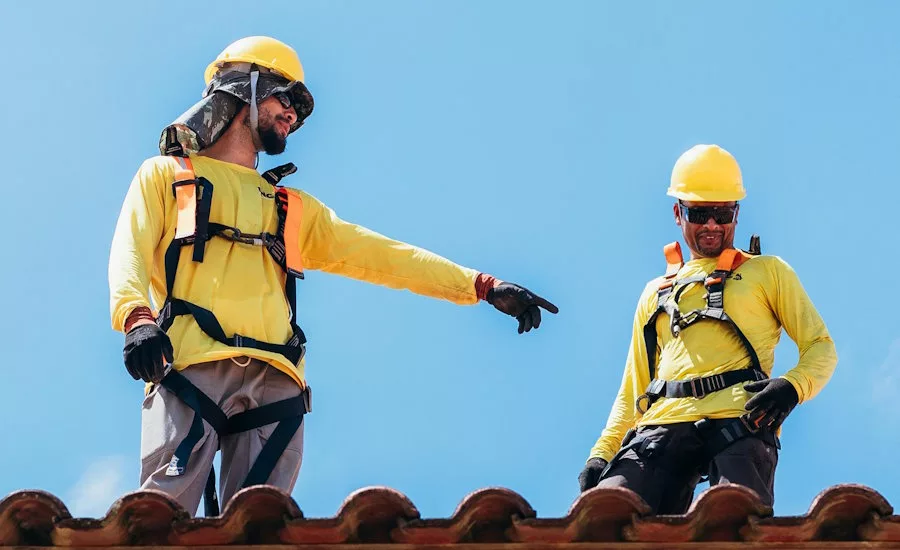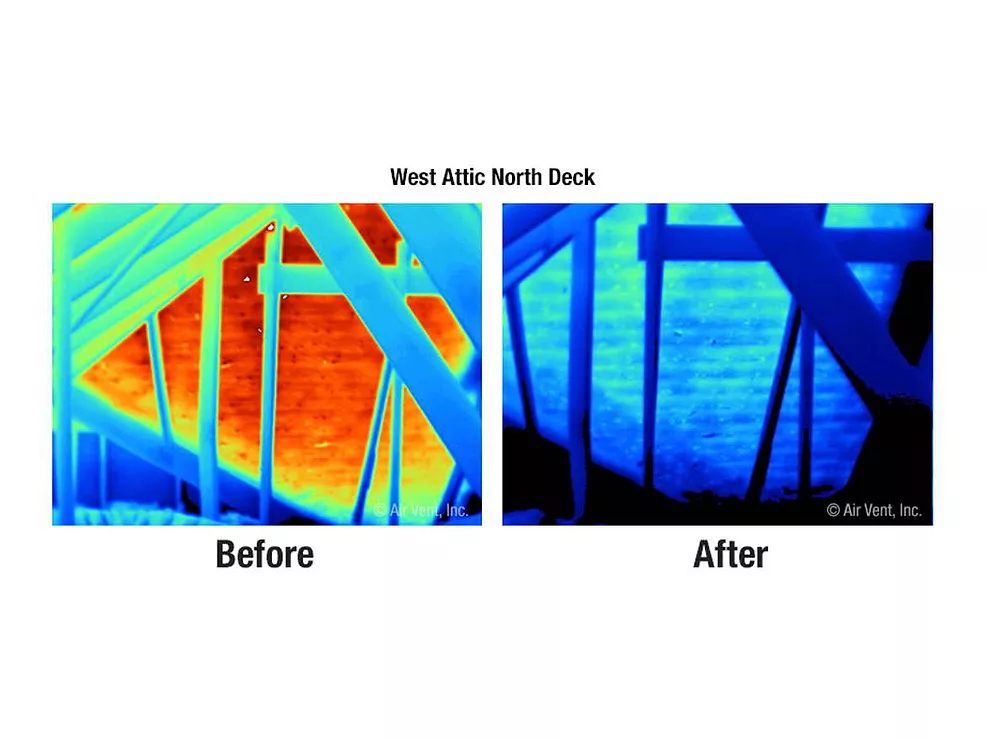Safety Consultation Simplified
While hiring a professional consultant can be costly and time consuming, being unprepared to implement recommendations and unwilling to revolutionize your approach to business will take your consultation investment down the drain, along with your profits. In this column I will try to convey some basic preparations for the contractor who is thinking about hiring a safety professional.
Determining the Need
In order to evaluate the need for a third-party safety consultation, the employer should first gather some corporate data from the three most reliable sources.1. Obtain your worker’s compensation Experience Modifier Rate (EMR) from your insurance carrier. This number is based on your Standard Industrial Code (SIC) classification and achieved by a mean calculation. Your EMR determines the likelihood of any employee having an accident during 2,000 hours of employment annually as compared to any other employee performing the same work under the same SIC classification. If you’re a residential roofer (SIC #000) and your EMR is 1.25, then an employee is 25 percent more likely to have an accident working for you than the average residential roofer. If your EMR is 0.75 then that same employee is 25 percent less likely to have an accident working for you, relative to that same 3-year average.
2. Collect all your accident (and near miss) reports you’ve dutifully filed for the last three years. These should correspond to your OSHA 200 logs that you post every February for employee review. Conservatively estimate the costs of each accident, including: lost time (coworkers and supervisor), decreased productivity, medical expenses, costs not covered by worker’s comp, equipment rentals, repairs and replacements, property loss, associated back charges, liquidated damages and regulatory fines (if any), as well as man-hours spent conducting accident investigations and compiling analyses. Then take this total estimated sum you’ve calculated and multiply by 1.25 to compensate for your natural tendency to underestimate. Now determine your actual profit margin for the year in question.
You may then determine the amount of gross sales required to pay for these accidents according to the profit margin you maintained over the 3 years. For instance, if your profit margin is 1 percent, then accident costs of $10,000 will require $1,000,000 in sales to offset those losses before any real profit is realized.
3. Ask your employees what they think. Make their responses anonymous, with a self-addressed envelope with their paycheck. “Do you think your work sites could be safer? How?” Ask for any comments they wish to make on the rest of the page. You trust them with the “nuts and bolts” of your business, why not with its future profitability?
Selection Methods
The two basic methods used to determine the consultant’s qualifications are official certification (objective) and experience (subjective). The methods used to evaluate your potential safety consultant may vary subjectively, but obviously the question of his/her qualifications should arise first. There are several dependable certification agencies such as the American Society of Safety Engineers (ASSE) as well as the National Safety Council and National Occupational Safety & Health Commission.While it’s been my experience that many competent and knowledgeable safety consultants do not have a string of certifications in their resume, the successful safety consultant has accumulated many years of “identifying, solving and resolving” safety problems on-site. Without practical experience in the field, a consultant’s recommendations may prove difficult, if not impossible, to achieve. A conscientious consultant will look to provide the employer with as many alternative remedies as possible.
Look for a balance between education, certification and experience in a consultant. Call his or her references and spend time listening to each client’s experiences. Do not be afraid to ask specific questions and the process will better prepare you for the job ahead. I have a great respect for the safety consultant who knows when he “doesn’t know” but is dedicated to educate himself along the way to a solution. There are no two jobs (or employers) the same. When a consultant extrapolates his previous experience into your own unique corporate circumstances, everyone gains new insights into safe work practices.
The Audit
Take all the time you feel necessary to become comfortable with the inevitable changes that will occur. Your consultant should offer the audit analysis, evaluation and recommendations in pieces small enough to digest easily. My audit reports are prioritized in red, yellow and green highlights. Spend the time and money necessary to correct the red conditions or work practices as soon as possible. As soon as these are dealt with, I recommend addressing the yellow audit items, as they could quickly become red items under typical conditions. Finally, while keeping your eye on those yellow audit items, the contractor should eventually become focused on correcting these items.
Best of all, a prioritized audit can be easily converted to a remediation schedule on the calendar. While some audits can be completed in a week or two, the implementation phase may require months or even years of steady changes and adaptation. Draft a plan, make a schedule and pace yourself. The ultimate goal of a safety consultant is to make himself obsolete. You and your employees are destined to become your own best consultants. If you genuinely believe that this individual has the life, safety and health of you and every one of your employees as his only goal, then this is the consultant for you. Remember, in the end, it’s your own personal willingness to listen to competent advice that will help prevent accidents and ultimately increase profits.
Side Bars
The Contractor’s Preparedness ChecklistThe following checklist may also help the contractor in the consideration of a safety consultant. It is simply a guideline and does not necessarily indicate the totality of the process or any of the intended results.
1. Can you list five reasons why you feel you should hire a professional safety consultant?
2. From question #1, can you select three reasons that are not financially based?
3. Have you asked your employees if they feel safe at work everyday?
4. Are you willing to permit a consultant unlimited access to any of your pertinent business records (except financial)?
5. Are you willing to allow a consultant unlimited access to your work sites at any time (where host-employer permits)?
6. Are you willing to allow a consultant to interview any of
your employees or subcontractors?
7. Will you share the consultant’s overall findings with your employees?
8. Would you consider allowing your employees direct input into their occupational safety and health program?
9. Are you capable of becoming “knowledgeable” in the appropriate safety standards?
10. Are you willing to implement safety goals in your corporate mission statement?
11. Will you submit your written safety and health program for an annual revision by your employees?
12. Are you willing to personally instruct employees to put safe work practice before quality and productivity?
If you have answered “yes” to eight or more questions, then you are probably prepared to hire a safety consultant. But as the process continues, be willing to reconsider those questions to which you answered “no.”
The Safety Consultant Evaluation Checklist
1. Does your consultant have reasonable experience (5 years minimum) with the processes, tasks and equipment of your occupation?
2. Does your consultant have any professional certifications, degrees or accreditation?
3. Will your consultant offer you a current list of clients who you may contact and question?
4. Do you feel the consultant is a fluent and clear communicator?
5. Are the comments of the consultant more practical than technically obscure?
6. Will your consultant provide you copies of written audits, evaluations and recommendations for your review?
7. Is the consultant prepared to inspect and evaluate your safety program, contract documents and accident reports?
8. Are all types of construction work sites being evaluated?
9. Is your consultant planning to randomly interview any employees regardless of their positions?
10. Will photo or video-documentation be implemented during the site inspections?
11. Will environmental sampling or instrumental measure be performed (or subcontracted) by the consultant?
12. Is your consultant planning to perform and record Job Safety Analyses (JSA’s) on any of your sites?
13. Will your subcontractors be included in any site inspections or document reviews?
14. Is your consultant willing to provide you with a brief, preliminary “walk-through” audit of a random work site to acquaint you with their competency?
If you answered “yes” to at least 10 of these questions regarding several consultants, you may be adequately prepared to hire one (or more) of them to audit, analyze and report findings and recommendations on your corporate safety culture and implementation. You and the consultant will be able to get the most out of this experience when you are both willing to “observe” and “act” together.
Looking for a reprint of this article?
From high-res PDFs to custom plaques, order your copy today!



